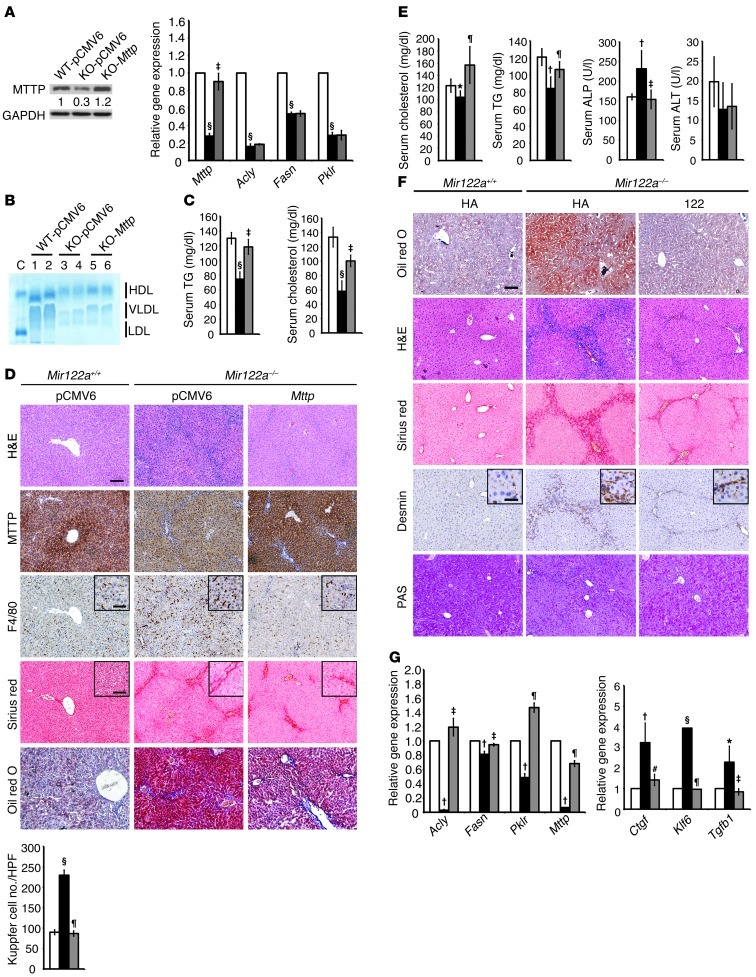Figure 3. Liver damage in Mir122a–/– mice is reversible.
(A) In vivo delivery of Mttp increased expression at both the mRNA and protein levels as shown by Western blotting (left) and RT-qPCR (right), respectively. Restoration of Mttp results in the return of the serum levels of lipoproteins (B), cholesterol, and TG (C) to WT levels and in the reduction of fatty accumulation, inflammation (F4/80 IHC), and collagen deposition (D). White bars, WT-pCMV6-Neo; black bars, KO-pCMV6-Neo; gray bars, KO-Mttp (pCMV6-Mttp). n = 5. Scale bars: 100 μm and 50 μm (insets). (E) Restoration of miR-122a at day 14 leads to the return of serum cholesterol, TG, and ALP to WT levels. White bars, WT-HA; black bars, KO-HA; gray bars, KO-122. n = 5. (F) Restoration of miR-122a at 1 month leads to a drastic reduction in fatty accumulation, collagen deposition, activation of HSCs (anti-desmin), and a moderate increase in glycogen storage. Scale bars: 100 μm and 20 μm (insets). n = 5. (G) Left: RT-qPCR assay of lipid metabolism genes. n = 3. Right: RT-qPCR assay of markers of fibrosis. White bars, WT-HA; black bars, KO-HA; gray bars, KO-122. n = 6. *P < 0.05, †P < 0.01, §P < 0.001 for KO-vehicle versus WT-vehicle mice; #P < 0.05, ‡P < 0.01, ¶P < 0.001 for KO-gene versus KO-vehicle mice.

